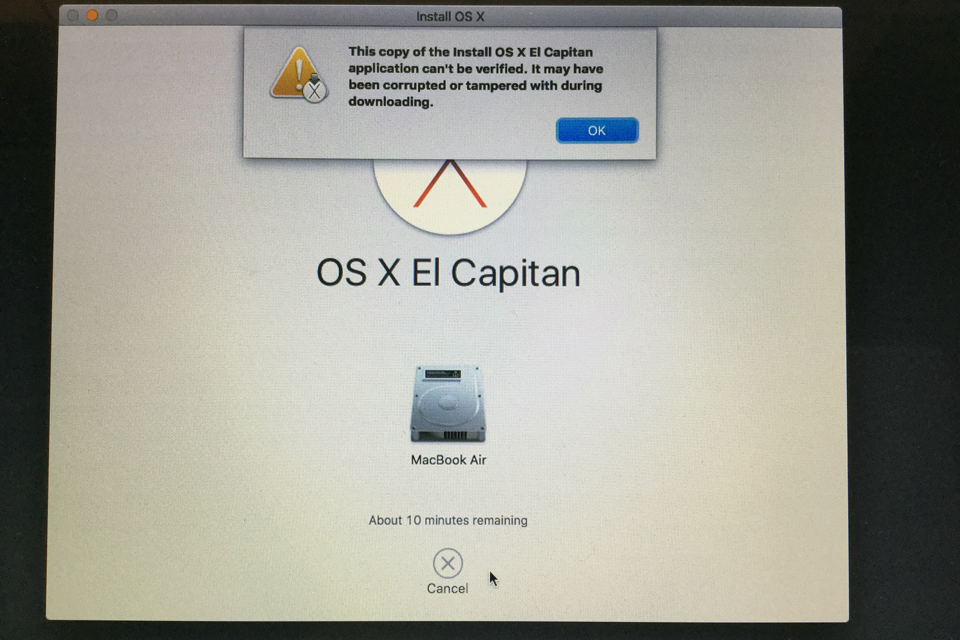

MPASM assembly source files names end with “.asm” extension.They are quite a few steps, but it’s easier than it looks.

Here are the steps that I have followed to convert MPASM code to the PIC Assembler, maybe it will help someone. If you are really interested in this new assembler make sure to check them out! There are some documents in the XC8 PIC Assembler installation folder about the PIC Assembler and migration from MPASM. To help everyone, I have converted all the tutorials source code to the new XC8 PIC Assembler, and they should be at the bottom of each PIC10F200 tutorial page. MPASM assembly code does not assemble with XC8 PIC Assembler.

This new assembler is available since version MPLAB XC8 2.20. To program in assembly with the MPLABX (IDE) v5.40 or the current version (as of early 2021) (v5.45), you also need to install the Microchip C compiler for 8 bit devices, MPLAB XC8, which comes with the new assembler - MPLAB XC8 PIC Assembler (pic-as toolchain).

Previous software versions, like v5.35, can be obtained at the Microchip downloads archive page: MPLAB X IDE Archives I have installed the latest version so that I can use the latest features with other toolchains, but also version v5.35 to work with MPASM. I’m following the PIC10F200 microcontroller tutorials using v5.35 version, and everything is working okay so far.īut, FYI, you can install multiple MPLABX versions! They are installed in their own directory using the version as the name (so no conflicts or overwriting). The last version that worked with MPASM was MPLABX v5.35. To program in assembly using MPASM, one needs to install a previous MPLABX version that comes with MPASM. Starting with MPLABX IDE version 5.40, the assembler MPASM toolchain is no longer supported or installed with the IDE.


 0 kommentar(er)
0 kommentar(er)
